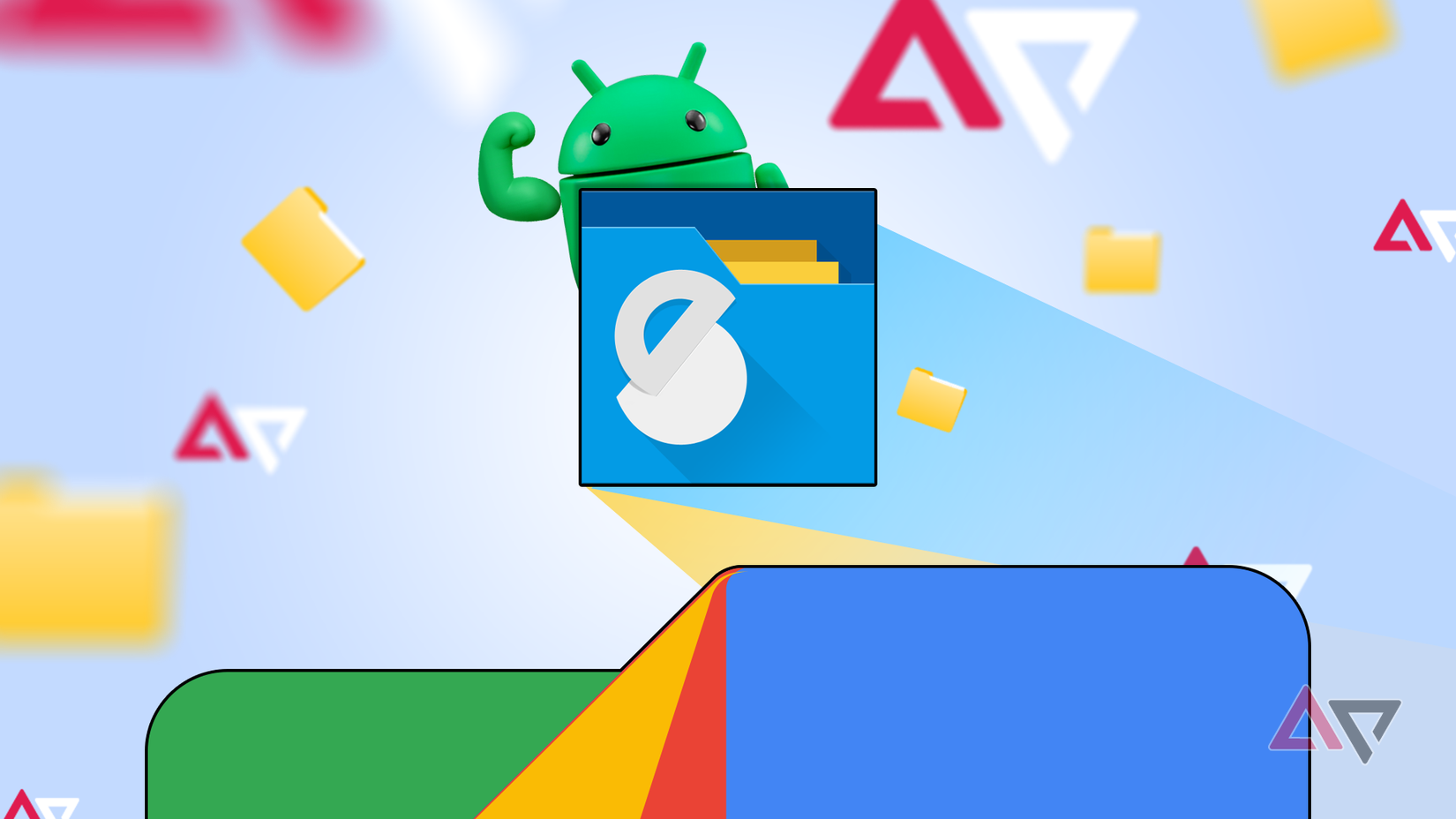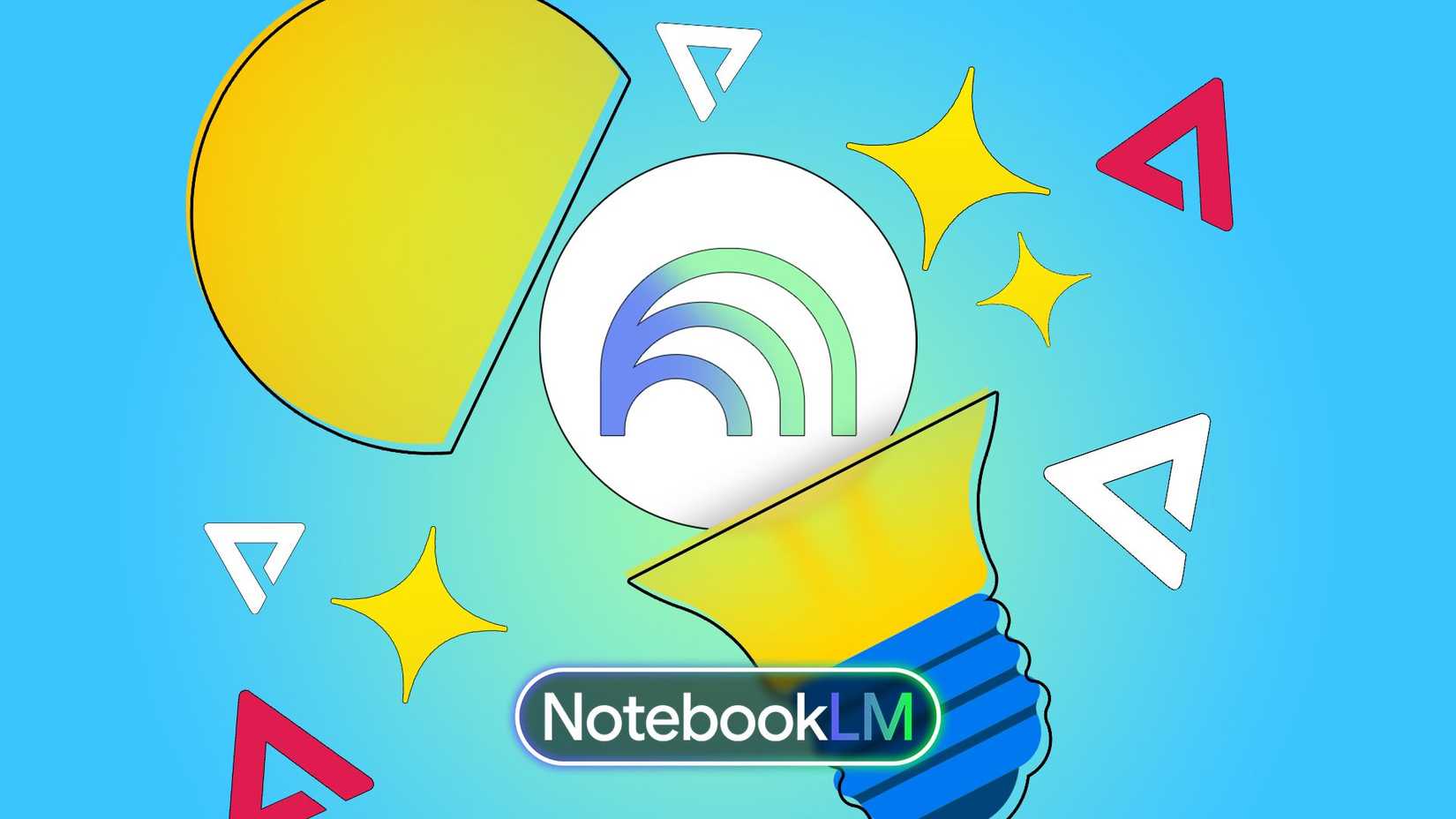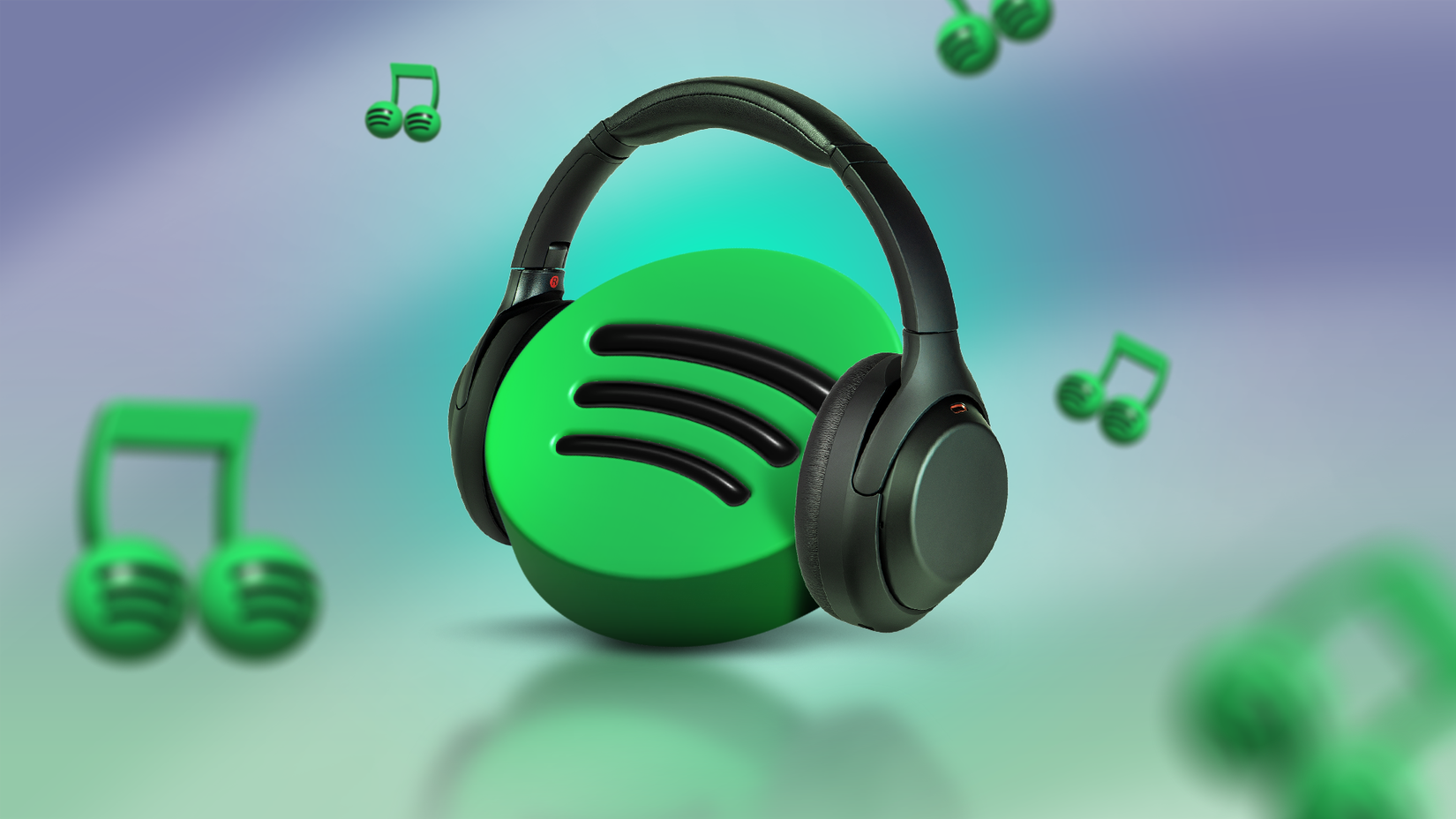There’s comfort in the familiar. For years, my phone’s home screen was a grid I tapped by muscle memory. It became my comfort zone, shaped more by habit than choice.
We build our digital lives around these tools, and switching feels like a chore we push to someday. But technology moves fast. An app that once felt essential can become a daily hassle.
I reevaluated the core apps I had trusted for years. I made six switches across security, file management, productivity, and my phone’s interface.
The LastPass fallout and my password manager reset
LastPass stood at the core of my digital protection habits, and I used to recommend it without hesitation. LastPass lost my trust in two stages.
The first was a business decision. In 2021, the company limited the free tier to either mobile or desktop access, not both. My digital keys were ransomed back to me through subscriptions.
The second act was the 2022 security breach. It began in August with a reported breach of the development environment. LastPass said no customer data was accessed. But the story kept changing.
By December, the truth was out. A threat actor had been inside their systems for months and copied a customer vault data backup. The backup included both encrypted vaults and unencrypted metadata such as website URLs.
The company’s communication was a masterclass in destroying user trust, consistently downplaying the severity until the full picture was impossible to hide.
Naturally, I exported my vault and imported it into Bitwarden. The key difference is that Bitwarden is open source.
Its code is on GitHub for anyone to audit and undergoes regular third-party security audits. That user-first approach extends to its business model.
While LastPass restricted its free tier, Bitwarden offered free sync of unlimited passwords across devices. Core security should be accessible to everyone.
The premium plan costs $10 annually and adds non-essential features such as encrypted file storage.
ES File Explorer turned from a tool to a trap, and I had to switch
Android’s early years made ES File Explorer stand out. The power-user toolkit did what the stock file manager couldn’t.
It supported root directories, connected to network shares, and managed ZIP files. I installed it first on every new phone.
However, ES File Explorer gradually declined from a trusted utility to intrusive adware. It started with bloatware. It added a junk cleaner here, a task manager there.
Then came the scareware tactics, like a sudden notification claiming 300 junk files were found on my clean device.
The breaking point was the DU Charge Booster. After an update, charging my phone triggered a lock-screen takeover.
An animation appeared with an ad placed over the swipe-to-unlock area to drive accidental taps. The app I once trusted was now trying to trick me.
The story ended, predictably, with ES File Explorer being booted from the Google Play Store for click fraud.
This was the final confirmation that the king had become a thief. Switching to Solid Explorer brought back the order. It now keeps the power user features I relied on in a clean package.
The business model is the best part. Solid Explorer offers a one-time $6 purchase that removes all ads.
Evernote’s bad pricing model pushed me to NotebookLM
I clipped articles, saved meeting notes, scanned receipts, and captured ideas in Evernote. However, over time, the app grew bloated. Launching, syncing, and even typing lagged.
Meanwhile, Evernote raised prices and stripped back the free tier, leaving only one notebook and 50 notes. The app that promised to remember everything asked me to pay more to remember less.
In search of other tools, my friend suggested NotebookLM, and it was a complete paradigm shift. You add PDFs, Google Docs, and web pages, and then you have an expert on your information where you can ask questions.
You do not have to build folders, tag everything, or remember where a thought lives. You drop in the stuff you already have and ask for what you need.
That lowers the upkeep to near zero. No more weekend cleanup sessions or hunting through old notebooks.
It also trades “find and skim” for “ask and get.” Instead of scrolling through half-finished notes, you ask a question and get answers drawn from your material.
I left Google’s cage and switched to a custom launcher
The default home screen launchers from Google and Samsung are fine. They’re stable, simple, and get the job done.
But they also impose limits and lock you into the manufacturer’s vision of how to use your phone. You are stuck with a permanent search bar, a fixed icon grid, preset folder styles, and limited gesture controls.
The limits themselves are the problem. The fixed Google Search bar and At a Glance widget on my Pixel occupied screen space I couldn’t reclaim.
Looking for a fix, I tried a few custom launchers. For years, I resisted them, believing a third-party app could never compete with giants like Google or Samsung.
After all, the manufacturers had the resources, the polish, and the control of the ecosystem. Early trials reinforced that view.
Launchers felt inconsistent and worse than the defaults. But I realized how wrong I was when I gave them another chance.
Custom launchers had matured. They were faster, smoother, and full of thoughtful touches. Installing Nova Launcher makes Android yours.
After I got rid of the Google immovables, I set a 6×5 grid, overlapped widgets to build dense layouts, and cracked the code for organization.
I left YouTube Music for the audio-first upgrade
This was the hardest switch because of the value for money. YouTube Premium is one of the best deals in tech.
Ad-free YouTube is a major upgrade, and YouTube Music comes with it. The library is vast, with official tracks, remixes, live versions, and covers from the main platform.
The problem is that YouTube Music feels like a bundled extra, not a passion project. It’s a music app that doesn’t truly love music.
The user interface is confusing and cluttered. My playlists sit next to my liked videos, and the experience lacks a clean, audio-first focus and rarely sparks joy.
Paying for Spotify initially felt excessive, but the experience won me over. Spotify is a company that lives and breathes audio, and this is evident in every pixel of its app.
The interface is intuitive, beautiful, and built for music and podcast discovery. Discover Weekly sends me 30 new tracks every Monday according to my taste.
Spotify’s AI features are also a welcome addition. That dedicated, best-in-class experience is worth paying for.
Break free from apps that no longer serve you
This app purge was a liberating exercise in reclaiming my mobile experience. It taught me to value transparency, respect, and a focused, superior experience over a bundled-in afterthought over a revenue model.
It reaffirmed my belief in Android’s core promise that personalization is better than prescription. Breaking free from habit takes effort, but it pays off daily.
Ask yourself which apps you still use because they’ve always been there. Which tool on your home screen bothers you daily?
Run your own app audit. You might be surprised by the better world waiting just a download away.






